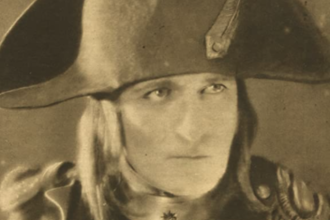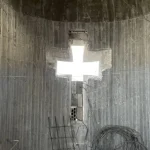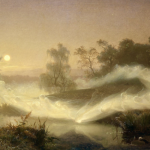K. V. Turley
There remain few attempts in the world of cinema so daring as French director Abel Gance’s magnificent silent film “Napoleon.” Nearly a century after its stillbirth on the screens of the late 1920s, it appears to have at last found its audience on the wide-screens of another millennium. It was, and it remains, a unique experience of cinematic storytelling.
There are films about legendary figures that become legends themselves. Such a film is Abel Gance’s Napoleon. Premiered in 1927, it was so far ahead of its time, technically and cinematically, that it failed at the box office both in Europe and America. Nevertheless, and against all odds, it had a cinematic resurrection. Critics then hailed the film as a masterpiece. This triumph, that was as unexpected as it was critically decisive, was to begin in London at the end of the 1940s when an eleven-year-old boy was given a film projector as a Christmas present.
The boy’s name was Kevin Brownlow. Like many boys before and since, the cinema fascinated him; unusually, however, and by accident rather than design, he became enamored of an era, and indeed an art form, that was then deeply unfashionable. How he came to be so interested in silent movies was largely pragmatic: No one else at the time was purchasing them. Copies of 16mm films of many of the Silent Era’s classics could be had for pennies from various shopkeepers in London who were glad to be rid of the many bulky canisters that held those reels. The boy quickly amassed a collection of some of the greatest films from the 1920s. While his contemporaries were collecting stamps or comics, unwittingly the young Brownlow had started to curate a library of films from the Silent Era.
Brownlow’s collection led him ever deeper into the world of silent movies and to an increasing appreciation of what those early filmmakers had achieved. » Read More
https://theimaginativeconservative.org/2025/02/napoleon-rediscovery-cinematic-masterpiece-abel-gance-kv-turley.html






